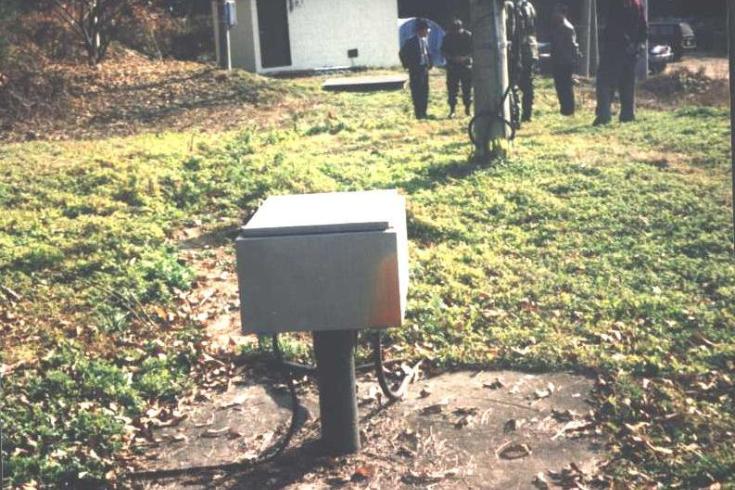Republic of Korea joins
tsunami watch
tsunami watch
Cho Seok Joon (left), head of the Korean Meteorological Administration and Lassina Zerbo, Director of the CTBTO’s International Data Centre Division, signing the agreement.
This Memorandum of Understanding will contribute to protecting the lives and property of the people of Korea.

Primary seismic station PS31 in Wonju, Republic of Korea, is one of the closest to the DPRK's nuclear test site. Click for more information on the station.

Click to read article by the Executive Secretary of UNESCO’s Intergovernmental Oceanographic Commission (IOC), Wendy Watson-Wright, in Spectrum 18 (PDF).
The International Monitoring System (IMS) will, when complete, consist of 337 facilities worldwide to monitor the planet for signs of nuclear explosions. This network includes 170 seismic, 11 hydroacoustic, 60 infrasound and 80 radionuclide stations, assisted by 16 radionuclide laboratories. Over 85 percent of these facilities have already been installed - see interactive map.
For more information on the Republic of Korea’s cooperation with the CTBTO click here.
From left: Kim Se-won, Director, International Cooperation Division of the Korea Meteorological Administration (KMA); Lee Duk Kee, Director, KMA Earthquake Policy Division; Cho Seok Joon, KMA Administrator; Lassina Zerbo, IDC Director; Vorian Maryssael, IMS Director and Lisa Tabassi, Chief, Legal Services Section.
31 Oct 2012